Many of the products that we can find in the market were introduced by Greek, Roman and the Muslim: melons, tomatos, wheat, grape, olives, citruses, rice, etc.. the same happens to many aromatic herbs and spices like sésamo, comine, saffron and other many that we can find in the traditional markets of Valencia.
Oil and wine production was also introduced by these old cultures.
Other Arabs are known as Arabised-Arabs, including those who came from some parts of Mesopotamia (Arabic term: بين نهرين Bayn Nahrain "between two rivers"), the Levant, Berber lands, Moors, Egypt, the Sudan, and other African Arabs.
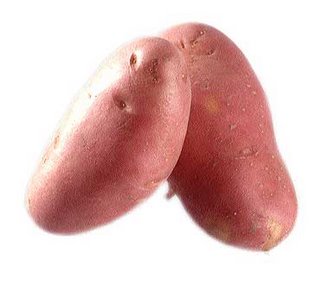 e vor Kolumbus. Wenn dieser gleichwohl bis heute als Entdecker Amerikas gilt, ist dies darauf zurückzuführen, dass erst seine Reisen zu dauerhafter Kolonisierung sowie kontinuierlicher Besiedlung durch Menschen anderer Kontinente in geschichtlicher Zeit führten.
e vor Kolumbus. Wenn dieser gleichwohl bis heute als Entdecker Amerikas gilt, ist dies darauf zurückzuführen, dass erst seine Reisen zu dauerhafter Kolonisierung sowie kontinuierlicher Besiedlung durch Menschen anderer Kontinente in geschichtlicher Zeit führten.Im Bestreben, auf dem westlichen Seeweg von Europa nach Ostasien zu gelangen, erreichte er am 12. Oktober 1492 die dem amerikanischen Kontinent vorgelagerten Karibischen Inseln. Er selbst war bis zu seinem Lebensende der Ansicht, eine Route auf dem Seeweg nach „Hinterindien“ entdeckt zu haben. Anders als oft behauptet, glaubte er nie, Indien selbst erreicht zu haben.
Video made by the students. Noise of the market. Valencia: traditional agriculture products. 3, 60 m. long.
Valencian agriculture specializes in Mediterranean-type products, with the exception of rice, which is mainly grown in specific areas of the province of Valencia.
As regards the end livestock production, which as previously mentioned barely reaches one fourth of the region’s total agricultural production, specialization is mainly on pork and poultry production.
Jamón, jamón
The most accepted theory considers that the first pigs traveled to the Iberian Peninsula with the Phoenicians (Mediterranean Eastern coast, present Lebanon), where were mixed with native wild boars. This crossing originated the original Iberian races, that therefore would date from year 1,000 B.C. approximately.
Before the Romans arrived at the Iberian Peninsula, elevated amounts of pigs (and jamones) took place among the íberos, who at that time, dealt with oil and jamones: there was a largeamount of pigs which were commercalized by the iberians along with ham and olive oil.
These activities gave enough financial benefits them. The pig was so valuable that, at the time of Augusto and Agripa, they created Roman currencies with the form of jamón. Also they represented figures of pigs in consular medals and used them as military symbol of some legion. This also has been able to see in the Celtas and the prerrománicos Gauls.
Youtube´s video. Spanish wines. 4, 6 m. long.
In Rioja, the law permits the use of four red grape varieties. Tempranillo is the primary grape used, followed by Garnacha (also known as Grenache), Graciano and Mazuelo. The latter of the two are excellent but difficult to grow varieties. Crianza wines are those that have been aged for two years, Reservas are aged three years, and Gran Reservas (also known as Reserva Especial) are aged at least five years.
Ribera del Duero lacks the long history of Rioja and was recognized as an official wine region in 1982. Penedes produces both red and white wines. The largest Spanish wine brand name, Torres, is a major producer there.
Video made by the students. Fruits and vegetables. Silvia´s presentation. 2,60 m. long.
This market opens at 8 am, and is amazing in the morning. Most of the vendors are still putting out their selection of seafood, produce, bread, pasteries, meat, etc. It is a very large market and even if you aren´t hungry, its likely that you will find something there that looks good to eat.
Everything is very Fresh and cheap. You can to pick up some bread, meat, cheese and fruit, fish and vegetables.
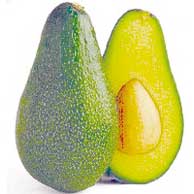

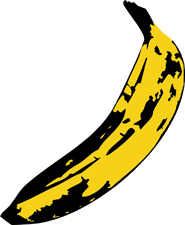
Video made by the students. Eggs and garlic, onions or mushrooms. Silvia´s
 presentation. 1, 20 m. long.
presentation. 1, 20 m. long. 
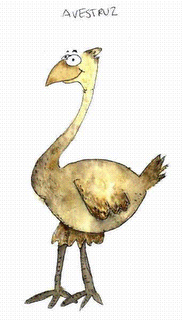

Video made by the students. Snails, herbs and spices. Silvia´s presentation. 1, 20 m. long.
In the Central Market there are shops of herbs and spices as saffron or pimentón (Spanish paprika). Locally grown herbs such as mustard, anise, coriander, basil, and parsley had partly substituted for spices that had to be imported at great expense from Asia. Perhaps xome exceptions had transatlantic origin, from the New World.
At the apogee of Roman influence during the second century AD, most grains, fruits, vegetables, and condiments we associate with traditional Italian or Spanish cuisine were being grown somewhere on the Iberian Peninsula during roman era.
Arabs were more accustomed to a mix of fruit, vegetables, and legumes, and their cuisine was conspicuously low in animal protein, though lamb was almost always served at banquets. Roasted lamb might be "stuffed with chopped meats fried in sesame oil, with crushed pistachios, pepper, ginger, cloves, mastic, coriander, cardamom and other spices, sprinkled with musk-infused rose water."
Video maade by the students. Almonds, nuts, peanuts....charcuetria, carniceria and delicatessen. Consulting the dictionary. Sara, Cecilia, Marta, Lorena (Kamera) and Silvia.
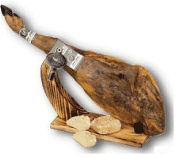
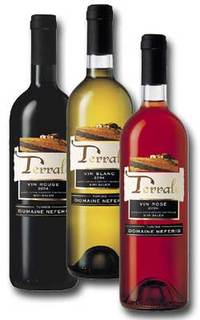
No comments:
Post a Comment